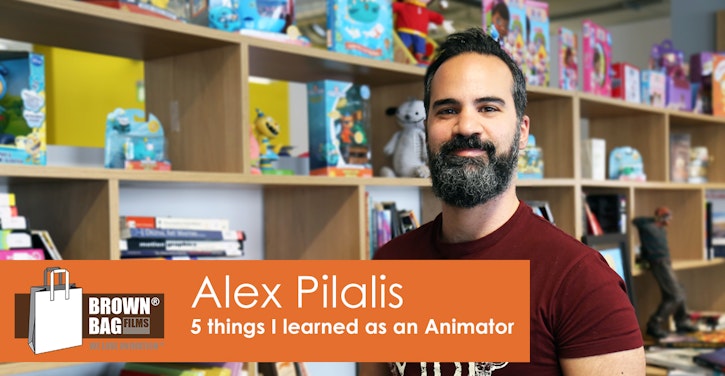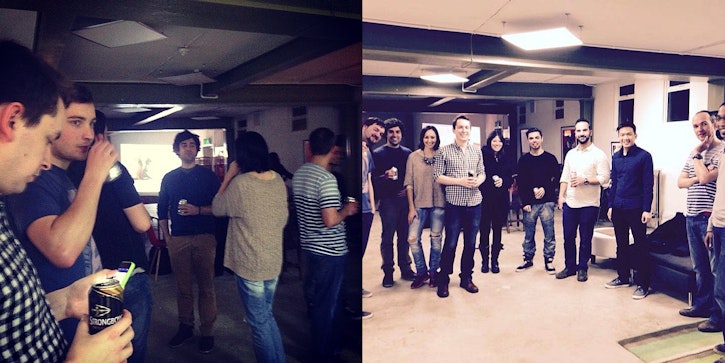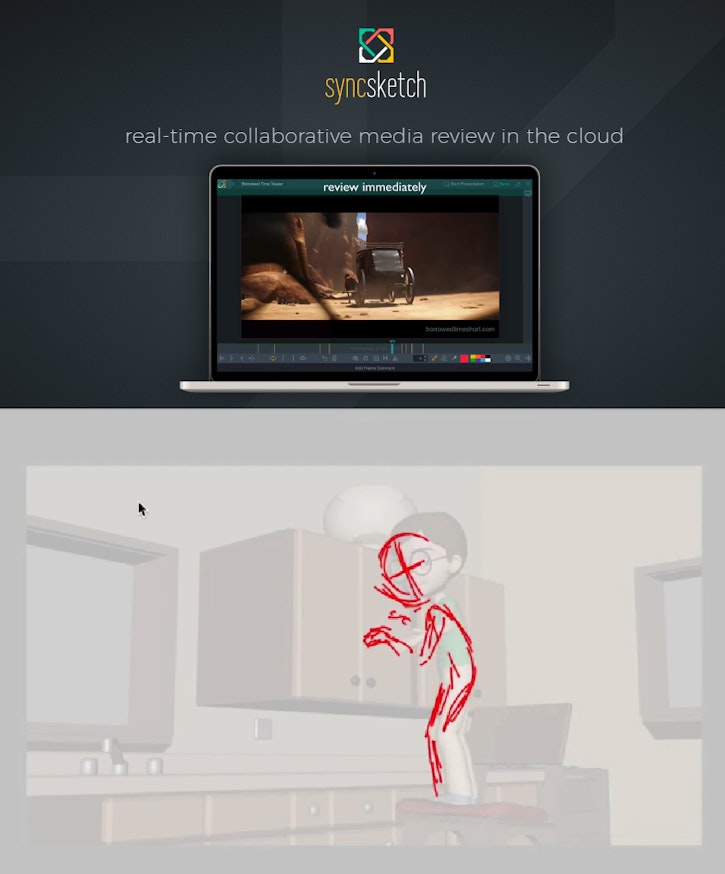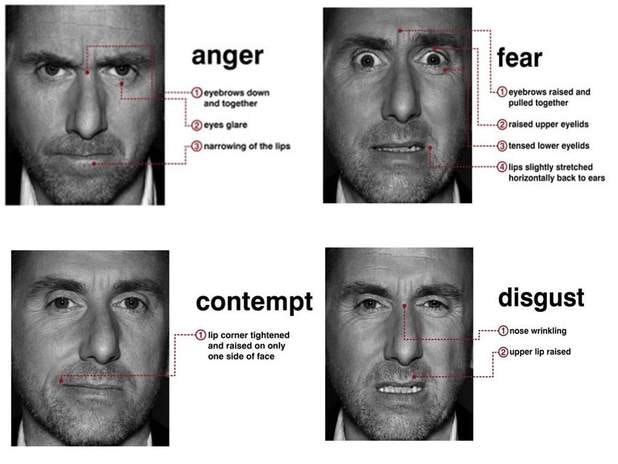5 Things I’ve Learned as an Animator
- Behind the Scenes
- Tutorials
- Posted by Alex Pilalis on May 03 2018
Share Tweet
I have been animating for somewhere in the vicinity of about 10 years now, having started with an MSc in Computer Animation, which I then followed up with an online course via Animation Mentor.
I've worked on various projects including an animated film based on the Cerebus The Aardvark comic series, some junior roles with a few games studios and advertising companies. And dabbling with many, many side projects which include writing novels and children's storybooks.
I moved into the games industry with a facial animation company, Cubic Motion, before joining Brown Bag Films, where I've been working as an animator for the past 3 years.

Here are a few things I’ve learned along the way:
1. Learn as much as you can
This may seem like an obvious one but you can never know enough! There are plenty of options nowadays when it comes to brushing up on your current skills or mastering a new one. Keep a lookout for local workshops you can attend. Professional animators are always travelling around and giving talks and workshops, and their insights are invaluable to any artist.
There are some great online forums available where you can meet other artists. It’s good to look around a place like 11 Second Club (11secondclub.com) or Artella, (artella.com) where you can meet lots of other artists and share your stuff, and even find some short-term work.
Maybe there are monthly meet-ups you could attend. And if not, you could always arrange one yourself with a Facebook group! You never know who you might meet at a casual industry gathering in a pub, and it’s good to get your face out there and let people know that you’re a decent person. (Note: Be a decent person, it’s a small industry.)
Even if you have to take a flight somewhere for a long weekend, you never know who you might meet at an event or expo, and get to show your work to. Look into events like Annecy in France, CTN in L.A., the Dingle Animation festival in Ireland. I know it can all be pricey, but in the long-run, it’s worth it and puts you at an advantage over other animators that don’t attend. People are more likely to remember you and feel better about hiring you, compared to a faceless stranger’s CV.

2. Inspiration can come from anywhere
It’s helpful to keep some means of jotting down ideas on the go. I’m always writing down ideas and notes on the Evernote app on my phone. Even if you don’t know what to do with an idea or a thought, save it somewhere and maybe you can find a use for it later. Or a combination of different ideas can come together for an animation or short story you’re putting together.
Travel, and explore the world. Even if it’s just an hour away or to the next town. You never know when you might see or hear something that would inspire your next animation or a character you’ve been working on. One of the best things a creative person can do is use their own experiences and knowledge to create something new that only they could have conceived.
Looking for audio for your next acting shot? Always be aware that you can hear something good at any time. While watching a comedy show (without a laughter track), a film, a Ted Talk, or even a clip of something on Youtube/Vimeo. Audio resource sites have been exhausted by animation students for years, and we’ve pretty much heard them all. Better to find something that’s a bit more unique for you.

3. Be open to feedback
Feedback can be tough. People work so hard on their ideas and get so close to their work, it can be hard to hear that something isn’t working or reading right. But it can be great to embrace the feedback you get, and use it as a learning opportunity. A comic beat isn’t working? Someone might suggest giving it more of a pause, with a slightly different pose that’s easier to read. The hips aren’t feeling right? Someone might remind you to ‘go back to the bouncing ball principle’. Even if it means having to scrap a large portion of what you originally intended to do, you have to do what’s best for the shot.
Show your work in progress to peers, online forums, Facebook groups, an old lecturer, that animation director you connected with on LinkedIn. Be open to as much feedback as you can get. There’s so much to learn out there and everyone will have different experiences and pitfalls to avoid. Generally, it’s better to get advice from professionals – your mum will likely love everything you do!
Bearing all that in mind, at the end of the day the work you do is your own, and you’ll get different types of conflicting feedback and might not know which direction to go in. So it’s down to you, as the director of your own work, to have the final say. Just try to bear in mind the feedback you’ve got and not just stubbornly do what you wanted to do in the first place.

4. Work on yourself too
A great animator knows a little about body language and reading people’s expressions. They know that an open body language is empowering and confident, and a closed, small stature shows weakness and insecurity. I love learning about psychology and body language, and things like NLP (Neuro-linguistic programming) and micro-expressions. It helps to understand what a person could look like, for whatever emotion you’re giving them.
It helps to know how to convey these emotions too, particularly for when filming reference. You’re going to have to learn how to be comfortable in front of a camera. An animator who can get in the head of their character, whoever that character is, and move like them, will have a greater advantage over someone just using reference footage.
Knowing a little about how anatomy works is helpful too. How the shoulder rotates, what limitations an elbow joint has, how the hips move when we shift our weight. If you’re inclined to, exercise classes and weight training can be a great way to remind you how the body works and moves, as well as just being a great health boost – to balance out all the static hours in front of a screen. Just be sure not to get caught staring at how someone is moving in the gym!

5. Never give up
Persevere. Even when it seems like you’re not progressing, and a side job or change of profession seems like the best thing to do. We all have bills to pay. If you feel that animating is your calling in life, then don’t let anything stop you from reaching your goals. Keep learning and keep evolving. Everyone is different, and everyone is on a different timeline. Some might have more natural talent or a mind for animation; others might need to work harder and longer to reach the same levels. What I’ve learned is that hard work with determination beats natural talent with laziness.
I know people that didn’t become professional animators until their 30’s, having switched professions. Or had to work two jobs for years while they did an online course on the side, while raising a family. Some go far and eventually decide that the animation life isn’t for them, and that’s ok too. Whatever your passion is, go towards that. Let that be the driving force of your life, and never forget it.
Oh and remember to have FUN!
Alex Pilalis
We Love Animation®
Brown Bag Labs is an exciting online space, brought to you by Brown Bag Films. We share great content for families as well as behind the scenes fun and tutorials from the Brown Bag Films team.



Get our great newsletter!
Get our great newsletter!